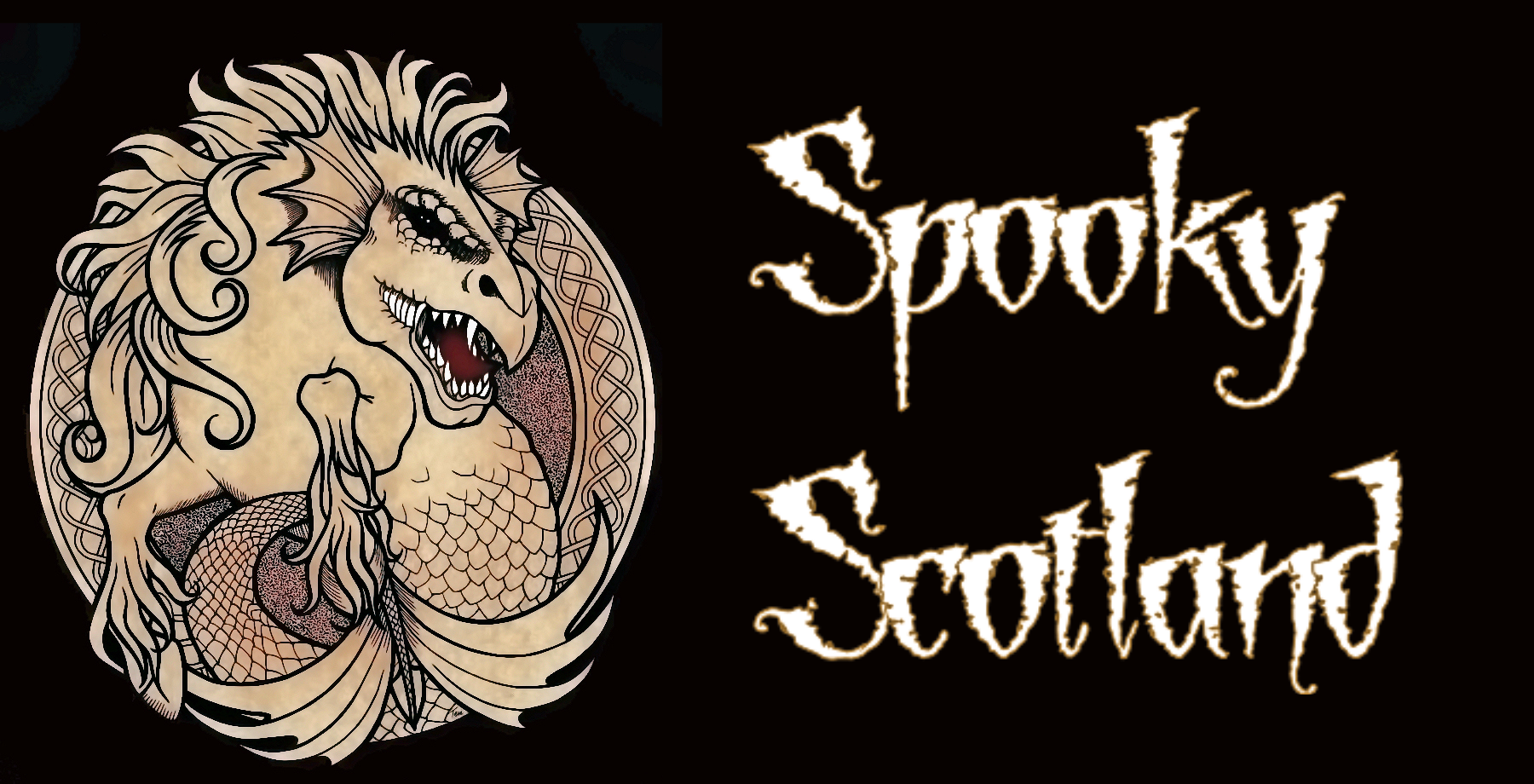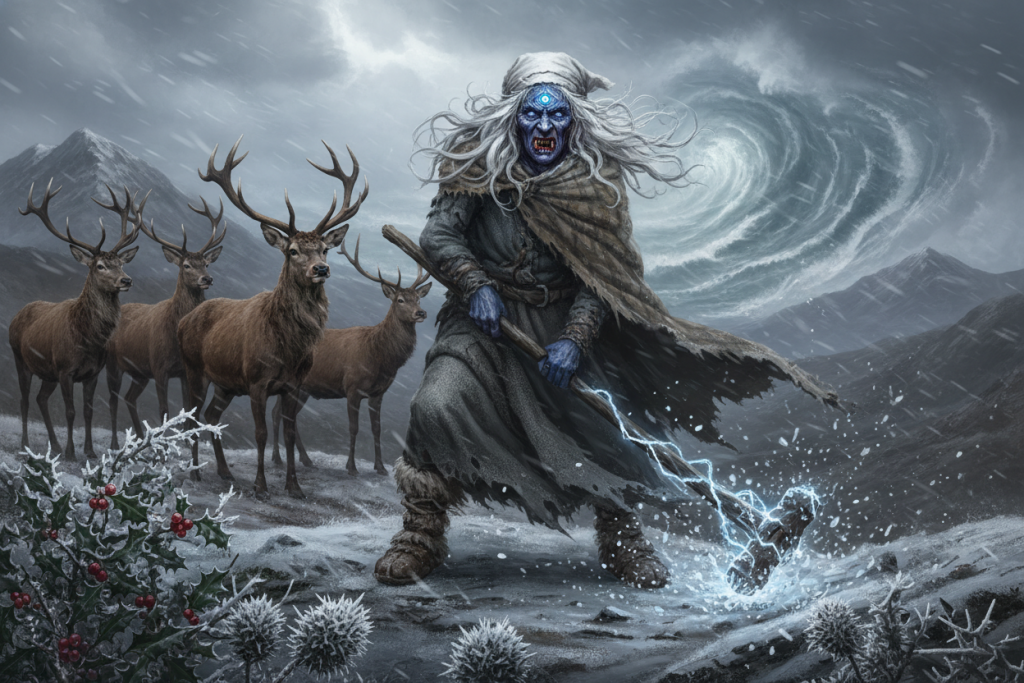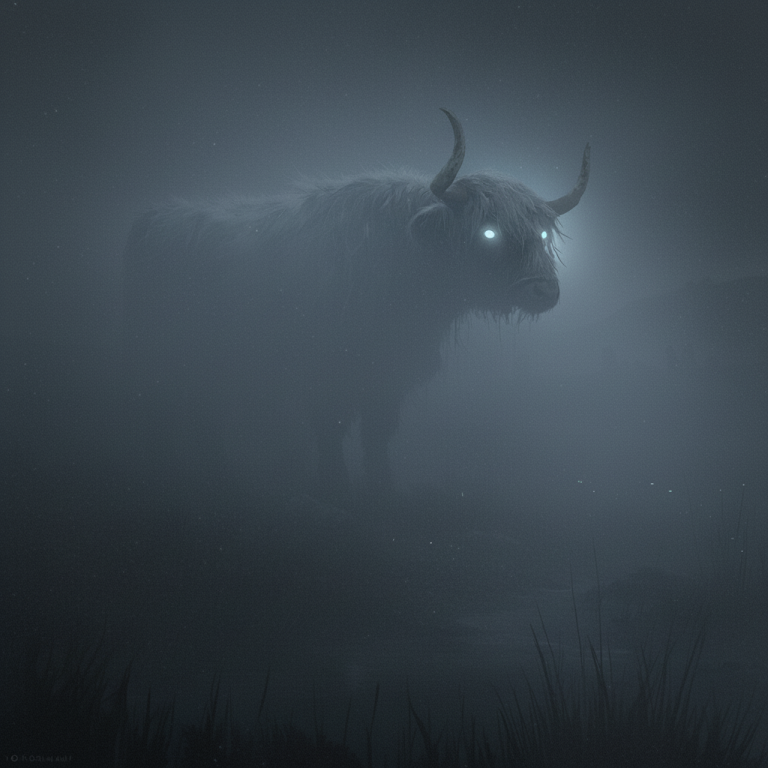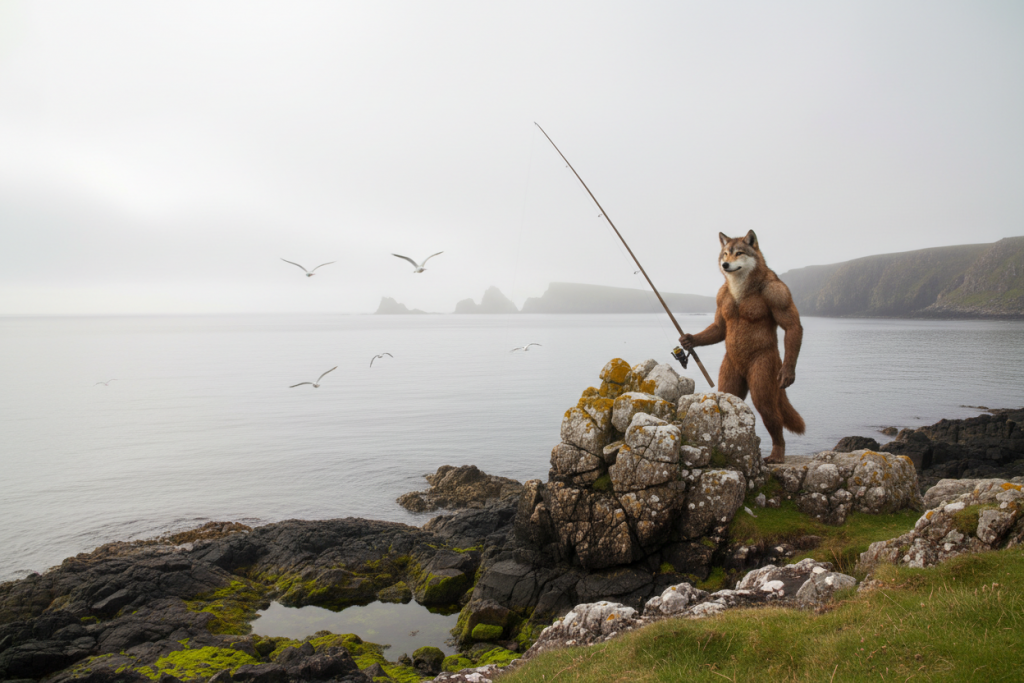General Information:
Finfolk are an amphibious people from the folklore of Orkney and Shetland. They move easily between sea and land and live comfortably in both. In stories, Finfolk are powerful sorcerers. They can calm seas for favours or send storms in anger. They sometimes ask humans for help and reward them with copper coins. However, they avoid parting with silver, which they prize.
Historically, 17th-century “Finn-men” sightings around Orkney refer to Inuit kayakers seen offshore. Over time, islanders blended those real encounters with older tales. As a result, Finfolk stories weave together myth and history. This page focuses on Finfolk as a folklore tradition and uses the SEO term Finfolk throughout.
Appearance:
Finfolk look human at first. Yet, they have draped fins that hang like cloth, so at a distance they can pass as ordinary people in flowing clothes. Up close, the fins make them easy to recognise.
- Build: Well proportioned, athletic, and strong.
- Complexion: Often described as swarthy compared with fair Orcadians.
- Seamanship: Renowned boaters who travel without sails. Tradition claims they could go from Orkney to Norway in seven strokes of the oar.
- Fin men: Dark, brooding faces and sad eyes.
- Fin women: As children they appear as mermaids. At maturity their tails split into legs and they become strikingly beautiful adults.
Habitat:
Finfolk keep two homes.
- Winter: Finfolkaheem, an underwater realm at the sea’s floor. It has coral houses, gardens of bright sea plants, and huge pearls. A crystal dancing hall glows with sea phosphorus, and its stage curtains are said to be trimmed from the Northern Lights.
- Summer: Hildaland, the “Hidden Land,” a radiant island that can sometimes be glimpsed when fog lifts at sea.
Behaviour:
Finfolk are expert navigators and hard bargainers. They deal fairly when respected, but they punish trespass.
- Rewards and payment: They reward help with copper coins. They hoard silver and rarely give it up.
- Weather-working: They can control the weather, helping fishers or hindering them.
- Territorial: Fin men may bore small holes in the boats of human trespassers, placed where the leak is only noticed at sea.
Shape-shifting Ability:
Fin women begin life as mermaids with fishtails. When they reach maturity, the tails split into legs and they take full human form. Beyond this, Finfolk are not typical shapeshifters, although they blend into human settings because of their fin-draped “clothing.”
Variant:
- Terms and overlap: In record and tale, “Finn-men” refers to historical Inuit kayakers seen in the 1600s. Over time, those sightings were grafted onto Finfolk and selkie traditions. As a result, some stories blur the lines between Finfolk, selkies, and real sea visitors.
- Family differences: Male Fin children are humanoid from birth. Female Fin children are mermaids until maturity.
Location in Scotland:
- Core: Orkney and Shetland.
- Legendary sites: Finfolkaheem (undersea) and Hildaland (Hidden Land).
- Historical context: Northern Isles coasts where islanders reported “Finn-men” in the 17th century, later absorbed into Finfolk lore.
Stories/ Sightings or Experiences:
Seven Strokes to Norway
Finfolk are famed for seamanship. In one oft-told claim, a Fin boat could cross from Orkney to Norway in only seven strokes of the oar. Island fishers took this as a sign of uncanny skill. As a result, they were wary of sharing waters with Finfolk and minded unspoken sea boundaries.
The Fin Men’s Warning
Fin men would sometimes strike quiet deals with human fishers. Payment was in copper, never silver. Yet, if humans trespassed in Fin fishing grounds, Fin men took revenge. They would bore a small hole in the offending boat, cunningly placed so it was missed until the fisherman was far from shore. Then the slow leak began. The lesson was simple: respect Finfolk waters.
Hildaland in the Lifting Fog
Crews caught in sea fog sometimes reported a vision of a gleaming island. As the fog thinned, Hildaland appeared—gardens, halls, and shorelines too bright for everyday life. Then, with a shift of light, it faded. Sailors said the Finfolk spent their summers there and let the veil lift only for moments, usually when humans were lost or in need.
The Tale of Annie Norn
Annie Norn vanished from her Orkney home without a trace. Years later, her cousin Willie sailed back through thick fog. A lone woman approached in a small boat. The crew cried out that she was a Finwife and should be kept off. Willie recognised Annie and calmed them. Annie, now truly a Finwife, raised the fog and guided the ship safely to Hildaland. After food and rest, a Fin man led them home, but not before taking a fee in silver. Finfolk love their silver.
Finfolkaheem, Palace of Light
Finfolk stories dwell on their winter city. In the crystal hall, dancers moved under a soft glow from sea phosphorus. Pearl dust made mermaids’ tails sparkle. Coral towers shone with gems. These details are told not as distant fantasy but as a lived place, where Finfolk govern weather, wealth, and passage between sea and shore.
Purpose of the myth or Legend:
Finfolk stories help explain sudden weather, lost boats, fishing slumps, and glimpses of unknown islands. They also mirror life in the Northern Isles, where sea and land are inseparable. Therefore, Finfolk provide a framework for respect, payment, and boundaries at sea. Silver, central in the tales, embodies value and risk. In addition, the overlap with “Finn-men” shows how real encounters with unfamiliar seafarers can be drawn into existing myth, keeping Finfolk present in island memory.




